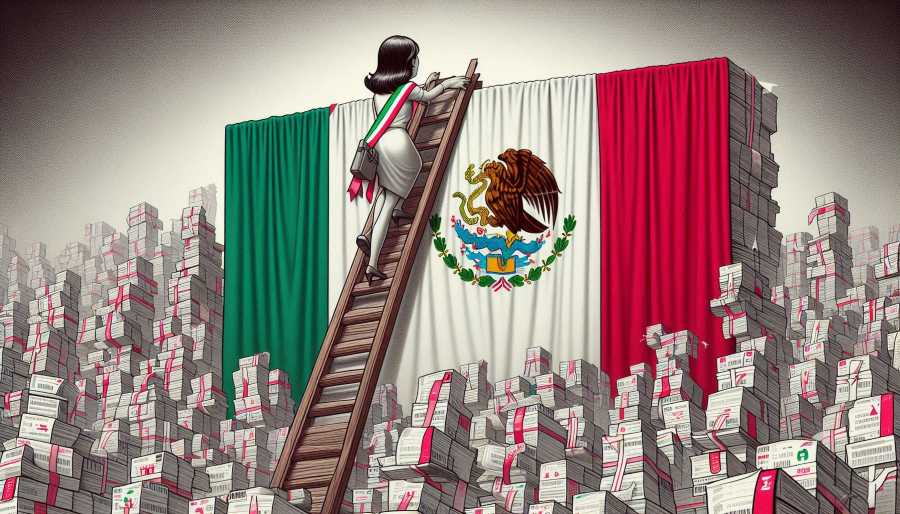How Mexican Women Raced from the Kitchen to the Capitol
From zero to political power, Mexican women's journey is a tale of persistence and breakthrough. Starting with the 1953 suffrage victory, they've steadily climbed from local councils to Congress, governor's mansions, and finally to the presidency.

On October 17, Mexico commemorates a significant milestone for women in politics, a day that marks both triumph and struggle. This date reminds the nation of the relentless effort to secure voting rights and full citizenship for Mexican women. It underscores a journey that began as a promise in the 1930s under President Lázaro Cárdenas, only to see substantive legal recognition two decades later. The slow burn of political participation was fanned into flame on this day in 1953, when President Adolfo Ruiz Cortines signed constitutional reforms into law, granting Mexican women the right to vote. While July 3, 1955, marked the first federal elections in which women could vote, the journey for women in Mexico’s political sphere had only begun.
In 1937, President Cárdenas proposed a bold amendment to grant women full citizenship, a reform that would have placed Mexico among the early pioneers in female suffrage. However, the proposed amendments met resistance within Congress and society alike, a reflection of the deeply ingrained perception that politics was a domain reserved for men. Although Cárdenas was unsuccessful in translating his progressive vision into immediate action, his initiative planted a seed in the public consciousness, sparking a slow-growing movement for gender equality in civic life. By the 1950s, the tireless advocacy of women and allies in civil society propelled women’s suffrage back to the fore. President Ruiz Cortines took on the mantle, seeing it through the legislative process to secure women’s right to vote, and, with it, the right to fully participate as citizens.




